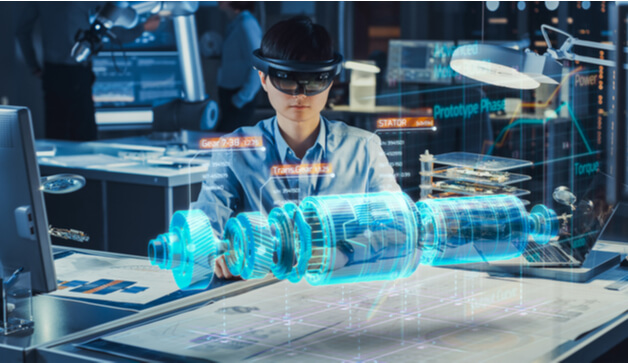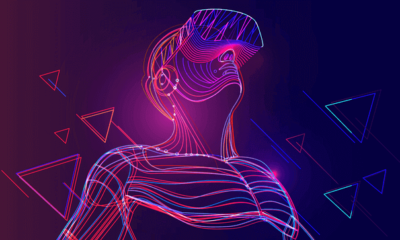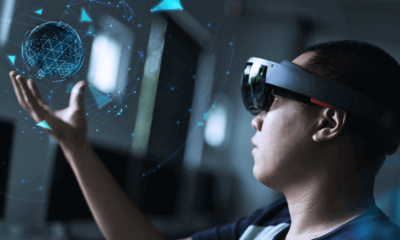
In a bit to find the best maintenance and other solutions in rail stations, it seems the rail industry has finally found a messiah in the augmented reality technology, which is currently making huge waves in the industry. This is because augmented reality (AR) is now a vital tool used in enhancing passenger’s experience.
4 Ways Augmented Reality is being used in the Rail Industry
-
Training of Staffs
The most prominent way in which AR is being used in the rail industry can be visible in staff training. It has become so popular because, it makes staff training more efficient, dynamic, and engaging. Plus, it is well known for its speed and simplicity, which is why on a practical level, for example, railroad AR[1] is now being used by engineers at HS2, the United Kingdom’s upcoming high-speed rail line, which is at the time, under construction.
-
Maintenance
AR is used in the rail industry because one can afford to check the tracks remotely. And if used alongside technologies like artificial intelligence and advanced weather forecasting, rail workers can when carrying out predictive maintenance.
A perfect example of this was in 2016, when the employees working on the Greater Boston commuter rail system, were seen wearing smart glasses fitted with AR technology, that visually linked them to off-site staff. And through this AR technology, they were able to continuously communicate, and make the real-time vision of works, between the two staffs in different locations. And this, in turn, helped in saving costs and improving maintenance as well.
-
Overcrowding
Overcrowding is a common problem faced in the rail industry, but that’s for only those that have failed to apply the railroad AR[2] technology. For instance, in October 2019, a congestion-plagued Shanghai railway tested a pair of AR smart glasses in order to ease passenger flows ahead of the China International Import Expo.
With the smart glasses made with cameras, that live stream commuter traffic directly to a station’s command platform, they were able to immediately identify the bottlenecks. And another function of the smart glasses is that it further helps with security checks because, it does provide facial recognition, alongside a built-in intelligence voice recognition system.
-
Design Previews and Construction Monitoring
Augmented reality technologies have also helped the rail industry in being able to preview designs before they are implemented, and constructions before they are finished. One such benefit was received from the British infrastructure manager, Network Rail, who in October 2019, launched an app that allows passengers to visualise replacement footbridges at stations. The application, which is known as ARki, was specifically made to give local communities the opportunity to preview how their future infrastructure would look like. And so far, so good, the application has been used not only in the UK but in other parts of Europe like Sweden, Portugal and so on.
To wrap it up, AR in the rail industry[3] has been visible in a lot of ways which include; training, maintenance, overcrowding, design previews, and many more.
[ Also Read: How Augmented Reality (AR) Will Change Retail ]



